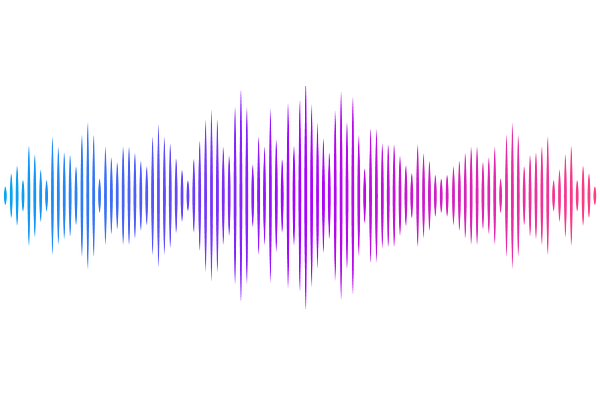bstinence and Extinction Drive Opposing Changes in Striatal Activity and Dopamine Signaling During Alcohol Relapse

bstinence and Extinction Drive Opposing Changes in Striatal Activity and Dopamine Signaling During Alcohol Relapse
Xie, X.; Cheng, R.; Wang, X.; Wang, J.
AbstractRelapse remains a major obstacle in the treatment of alcohol use disorder, often driven in part by enduring neuroadaptations. However, how different treatment strategies, such as abstinence versus extinction training, modulate the underlying neural circuits and synaptic mechanisms that shape relapse vulnerability remains poorly understood. In this study, we demonstrate that abstinence and extinction distinctly influence dorsomedial striatal (DMS) direct-pathway medium spiny neuron (dMSN) activity and dopamine signaling during cue-induced reinstatement of alcohol seeking. Using in vivo fiber photometry in D1-Cre rats expressing calcium or dopamine sensors, we found that abstinence enhanced dMSN calcium responses and dopamine release during reinstatement, whereas extinction normalized these neural signals and suppressed relapse-like behavior. Furthermore, bidirectional optogenetic modulation of medial prefrontal cortex (mPFC)-to-dMSN synapses revealed a causal role for corticostriatal plasticity in determining relapse propensity. Inducing long-term depression (LTD) in the abstinent state attenuated reinstatement, while inducing long-term potentiation (LTP) after extinction training reinstated alcohol seeking. Together, these findings identify distinct neural adaptations shaped by abstinence versus extinction and highlight corticostriatal plasticity as a potential target for relapse prevention.